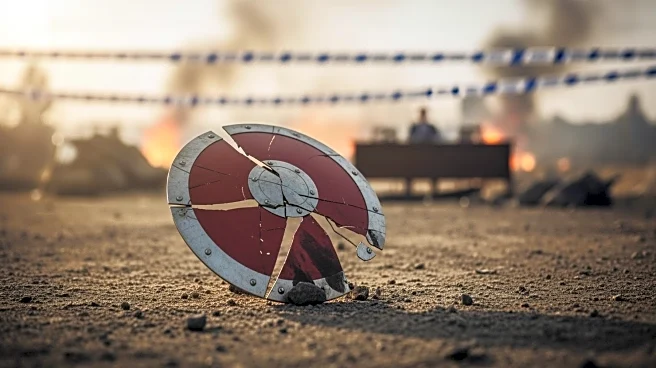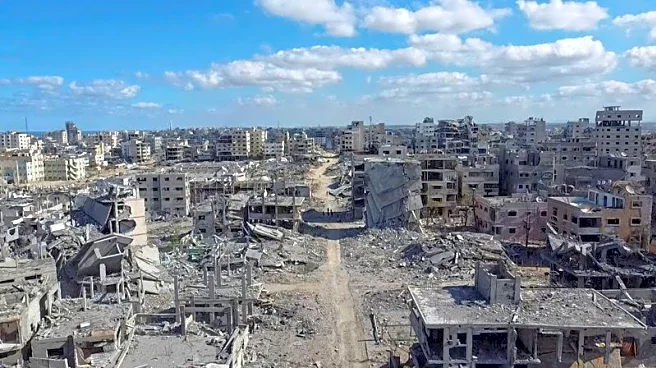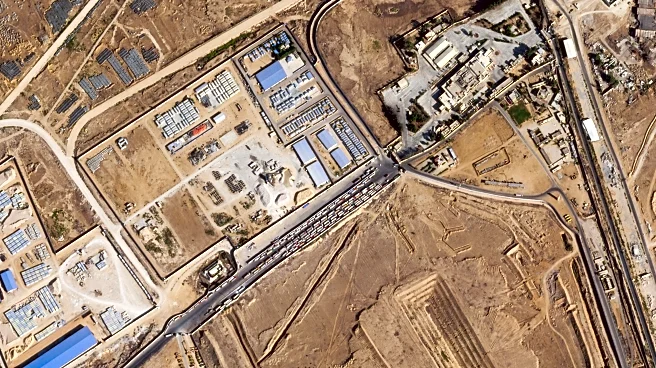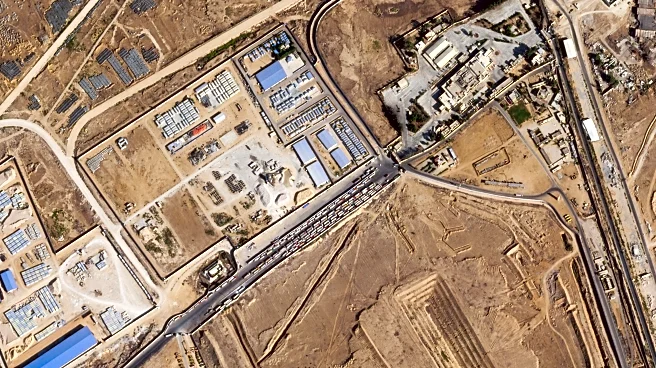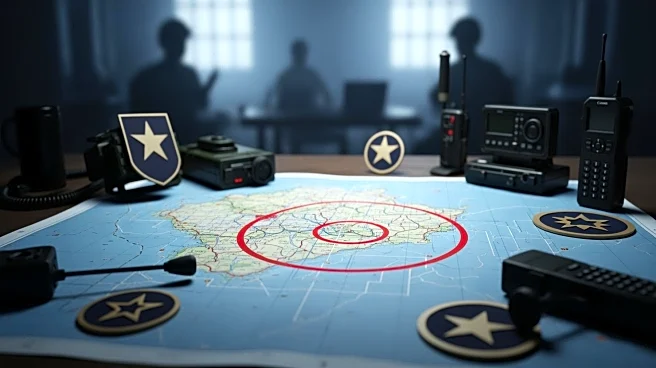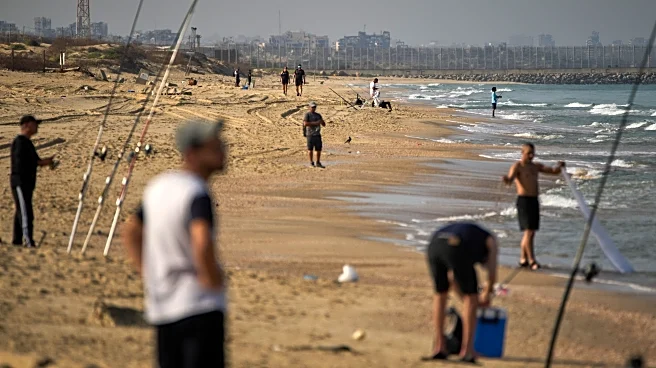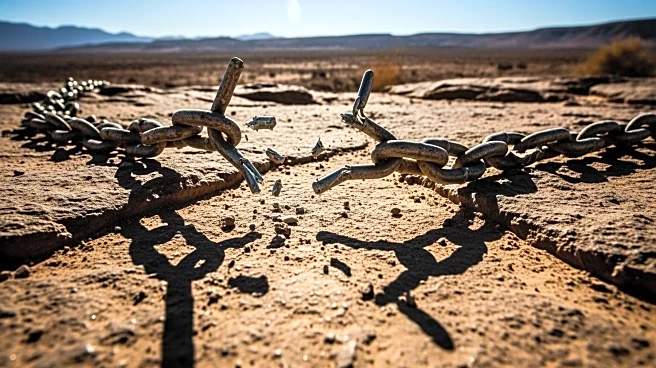What's Happening?
Israeli Defense Forces (IDF) are experiencing renewed clashes in Gaza despite a ceasefire that took effect over a week ago. The latest incident involved gunfire directed at an Israeli engineering vehicle
in the Rafah area, prompting Israeli Air Force strikes. Defense Minister Israel Katz and the military secretary conducted a security assessment following the incident. This comes after armed Hamas terrorists emerged from tunnels in Khan Younis and Rafah, breaching the truce and leading to airstrikes that killed several terrorists. The IDF has been operating under strict rules of engagement, allowing troops to fire only when an immediate threat is posed. Despite these restrictions, approximately 7,000 Hamas operatives have redeployed across Gaza, reasserting control as civilians return.
Why It's Important?
The ongoing tensions in Gaza highlight the fragile nature of the ceasefire and the challenges in maintaining peace in the region. The situation affects regional stability and has implications for international relations, particularly involving the U.S., which has proposed a 20-point plan for Gaza. The plan includes further IDF withdrawals and the establishment of an international force for Gaza's demilitarization. The continued hostilities could impact diplomatic efforts and humanitarian conditions in Gaza, affecting both Israeli and Palestinian civilians. The IDF's need for a strong home front underscores the importance of public support in maintaining military readiness and security.
What's Next?
The situation in Gaza remains volatile, with potential for further escalations if breaches of the ceasefire continue. The international community, including the U.S., may increase diplomatic efforts to stabilize the region and implement the proposed plan for Gaza. Israel's military strategy and engagement rules may be reassessed to address ongoing threats. The response from Hamas and other regional actors will be crucial in determining the future of the ceasefire and peace efforts.
